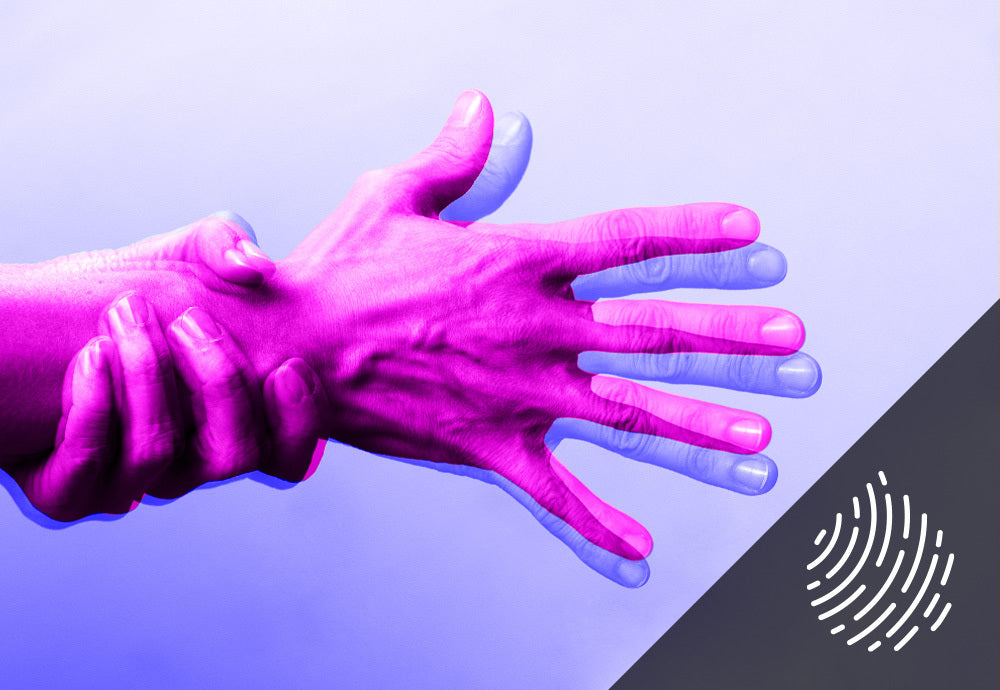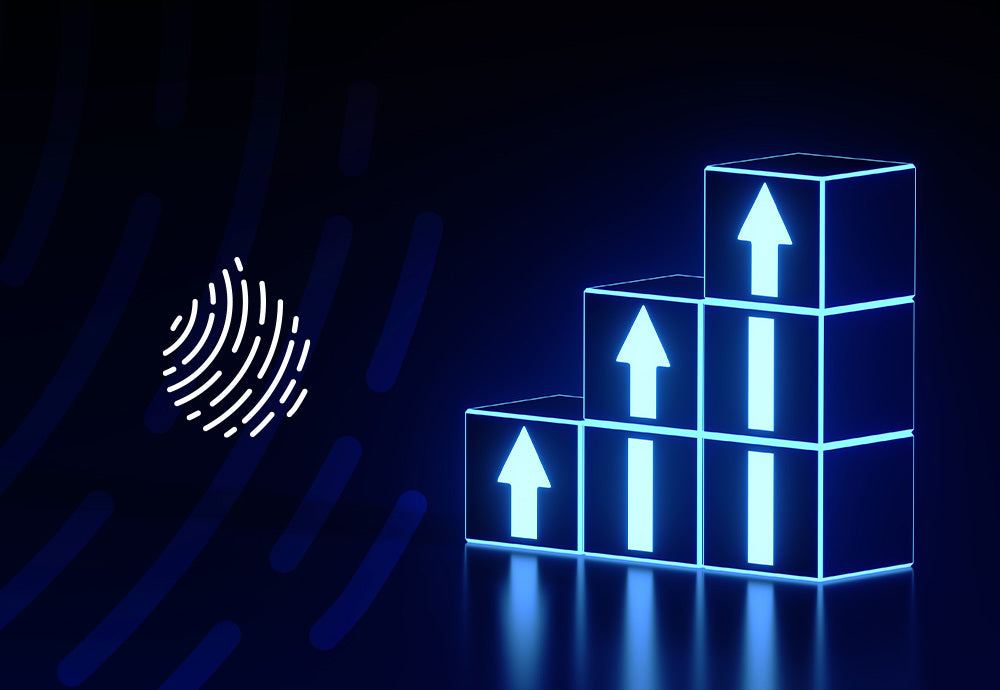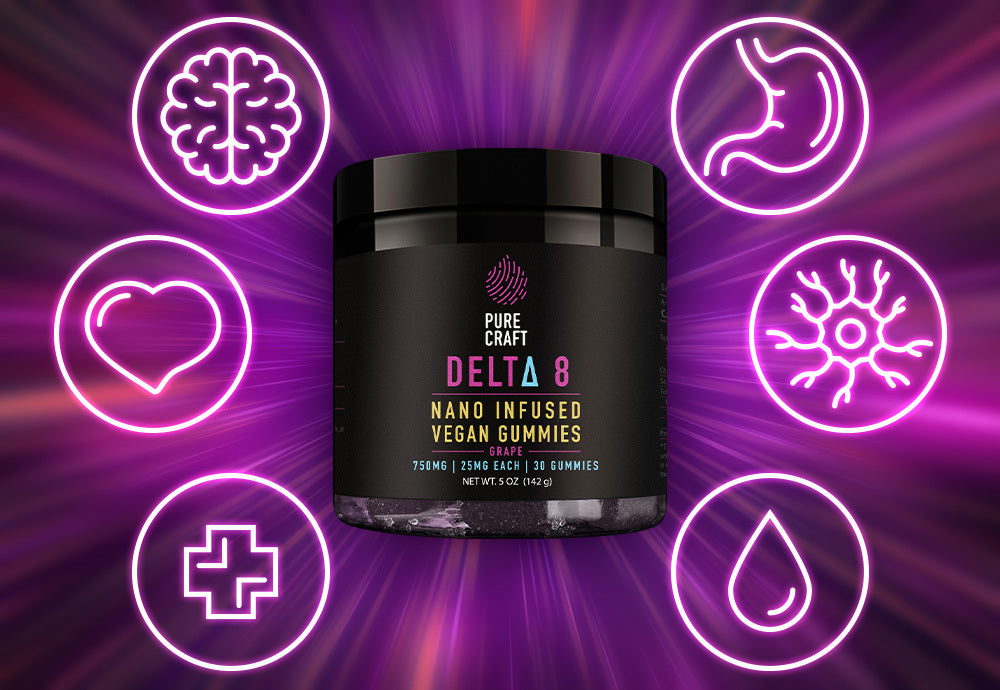Your Cart is Empty
FREE SHIPPING ON ORDERS $70+ | SATISFACTION GUARANTEED
When it comes to cannabis, there are a lot of health buzzwords that can be confusing for those who are new to the plant. Folks in the canna-biz and research world like to throw around words like "analogue," "transdermal," and "bioavailability" as if everyone knows what they mean.
As the cannabis industry rapidly expands, it's important to understand the terminology used within it. But when you're just starting with cannabis, it can be intimidating to encounter these terms without a dictionary on hand.
In this blog post, you'll find:
So you can navigate your cannabis use with confidence.

An analgesic is simply a substance that reduces pain.
Different substances that can be considered analgesics include opioids, NSAIDs like ibuprofen, acetaminophen, and cannabis.
This term is used to describe a chemical compound that has similar effects as another compound. Analogues can be derived from the original compound or be synthetically created.
For example, delta-8-THC is an analogue of delta-9-THC (aka THC). They're analogues because they are very similar in structure and effect, though they remain separate compounds.
Antiemetic describes a substance that suppresses nausea and vomiting.
Cannabis is a highly effective antiemetic for some, especially for those suffering from chemotherapy-induced nausea and vomiting.
An anti-inflammatory is a substance that reduces the swelling, redness, and pain associated with the biological response of inflammation. Inflammation happens when your immune system is fighting a trigger. Chronic inflammation can happen when the immune system keeps sending inflammatory messages even when there is no danger.
CBD is known for its anti-inflammatory properties, which is why it continues to be researched for the treatment of a variety of diseases and conditions that result from chronic inflammation.(1)
Antioxidants are molecules that help reduce cell damage caused by free radicals. Free radicals are waste products your body’s cells produce. When working as it should, the body processes and removes these free radicals. To do so, the body needs antioxidants. Some are created within the body but we also need antioxidants from the environment.
Antioxidants can be found in an array of plants including fruits, vegetables, and cannabis.
An anxiolytic describes something that reduces anxiety. The medications in the benzodiazepine category are considered anxiolytics.
Research shows that CBD also has anxiolytic effects, and can help alleviate anxiety.(2) This is why so many people say that CBD has a calming and stress-relieving effect.
Bioavailability is the degree to which a substance is absorbed into the bloodstream. The higher the bioavailability of a drug, the more effective it can be and the faster-acting it may be.
When it comes to cannabis, the bioavailability of a particular product depends on a number of factors, including the method of administration and the composition of the product. And not all cannabis products are created equally. Pure Craft products are nano-optimized to maximize bioavailability — boosting absorption and effectiveness.
Cannabinoids are a class of chemical compounds found in the cannabis plant. There are over 100 known cannabinoids, with THC and CBD being the popular kids.
Cannabinoids elicit different health benefits when they interact with our endocannabinoid system (ECS).
Head over to our explainer on the different types of cannabinoids, What Are Cannabinoids & Why Are They Important?, for more deets.
Homeostasis is the tendency of a system, especially the body, to seek and maintain equilibrium or a state of balance.
The body's endocannabinoid system strives to maintain homeostasis by regulating a wide range of physiological and cognitive processes. It creates endocannabinoids to do this. Research shows that phytocannabinoids (like CBD, THC, CBN, etc.) also interact with the body’s endocannabinoid system to produce different health effects, some of which influence your homeostasis.
Oral refers to ingesting cannabis through the mouth — eating or drinking. When taken orally, cannabinoids are absorbed by the digestive system and passed into the bloodstream.
Orally consumed cannabis includes capsules and edibles like gummies, chocolates, or beverages.
Sublingual means "under the tongue." When a drug or substance is administered sublingually, it is placed under the tongue and allowed to dissolve and pass through the tissues of the mouth. This way of using cannabis allows the product to bypass the digestive system and go straight to the bloodstream, allowing for faster effects and more bioavailability.
Cannabis tinctures, like CBD oil, are typically administered sublingually by placing drops under the tongue.
Synthetic substances are made in a laboratory, often to imitate the effects or structures of natural substances. Synthetic cannabis products are created in a lab and don’t contain any organic material from the cannabis plant. Synthetic cannabinoids exist, but are not found in any of Pure Craft's products.
While synthetic cannabinoids interact with the endocannabinoid receptors, they can produce much more potent and unpredictable effects than natural cannabinoids. These are much less regulated, and can be contaminated with other drugs or chemicals. Always look for a COA to make sure you're buying real hemp-derived products.
There are also a couple clinical forms of synthetic THC. Two synthetic THC medications (dronabinol and nabilone) exist as treatments for nausea and vomiting due to cancer treatment. But you would only come across these if your doc prescribes them.
Topical refers to a method of administration in which the drug is applied externally, directly to the skin. It's generally used for localized relief.
Products like CBD topical creams, CBD ointments, CBD lotions, and more are used topically. You can also craft your own topical CBD items using a CBD oil.
Similar to topical, when a substance is used transdermally, it’s applied to the skin and allowed to absorb.
Transdermal CBD for instance, can come as a CBD cream, CBD ointment, or even a CBD transdermal patch. What’s the difference between transdermal and topical? While topical is intended to be applied directly to the skin for localized relief, transdermal products are generally formulated to penetrate through the skin and get into the bloodstream.
Cannabis is a complex plant with a variety of compounds that offer various benefits. With that comes a lot of unfamiliar terminology — which is why we want to equip you with the necessary vocab as you venture forth into the cannabis world.
It's important to understand these terms whether you're a first-time user or an experienced canna-sseur. When you know what the jargon means, you can make informed decisions about the products you're using. And better understand how cannabinoids interact with your body and what effects they may have.
References

The cannabis compound CBD has been popping up in Parkinson’s disease (PD) therapy and prevention conversations, propelled by success stories from p...
Read More
CBD is one of the most popular supplements on the market today. But you're a savvy consumer. You know just because something is popular doesn’t mea...
Read More
You know delta-8 as "weed-lite" or the "chillest of the cannabinoids." But what about all the potential health benefits of this unique compound? Wh...
Read More